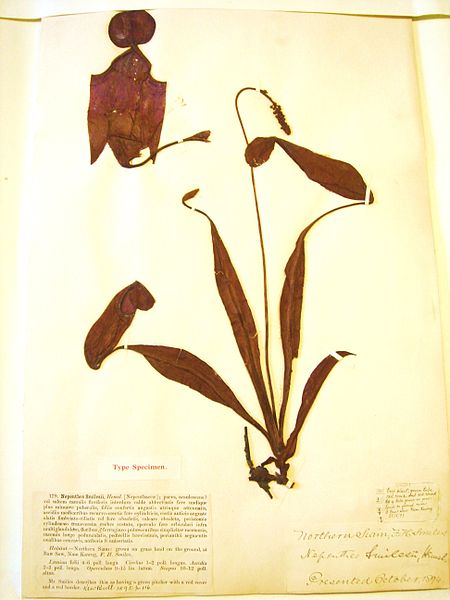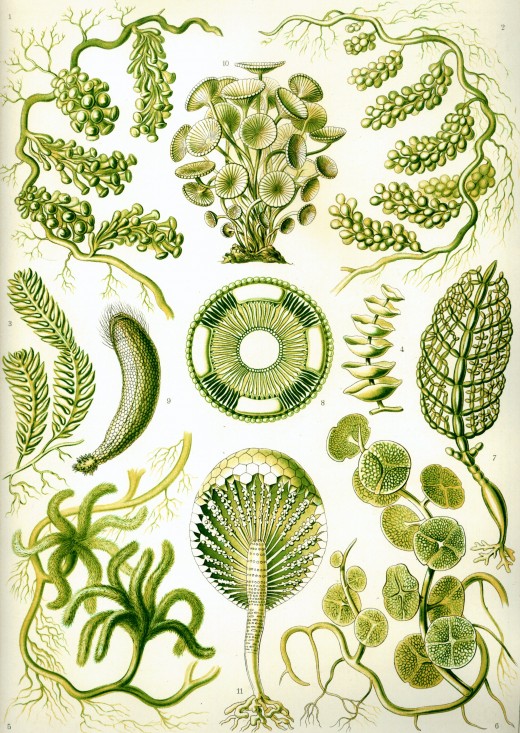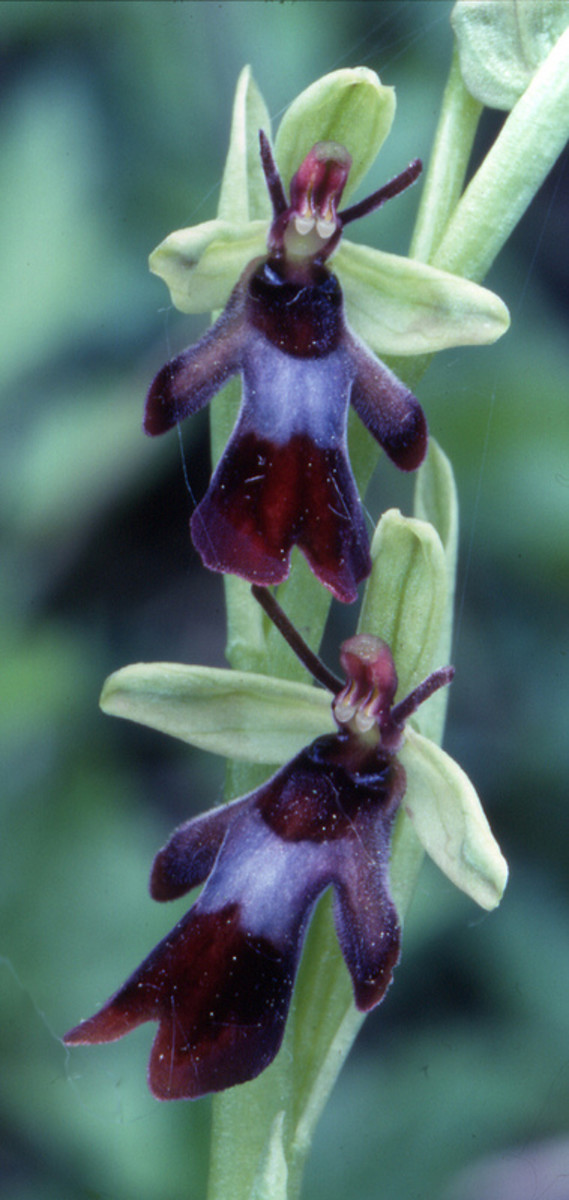Why We Have Scientific Names Of Plants

Scientific plant names are given to keep down confusion. Taxonomists develop scientific names so that the same name is used throughout the world, no matter what language. Many of these names are a combinatin of Latin and Greek.
Just imagine how confusing it could be if people from different areas try to discuss a flower that has nicknames or common names given. With scientific names there is no confusion, no matter what language. People of different tongues can discuss a species and both know exactly the animal or plant of which they speak.
Taxonomy is the area of study that focuses on the development of a classification system.
A Swedish naturalist named Carolus Linnaeus invented the "binomial system" for taxonomy. Binomial is defined as two words that are used for classification purposes. Latin was at one time the language most of the world used.
Ordinary names can be confusing because there is no standard of these names, and no floral keys that take you step by step to the common name for the identification of a plant. This system makes it easy to learn more about a plant. All a person needs is the scientific name and a wealth of information is at your fingertips.
A strict set of rules govern the defining of taxa. The naming of taxa is regulated by the International Code of Nomenclature for algae, fungi, and plants.
There are five basic requirements for the naming of a taxa:
- The name of the taxa must be unknown or unique.
- It must be derived based on the 26 letters in the latin alphabet. If it's a new species it must be a binomial, a uninomial for others.
- It must include some sort of reference to the attributles that make it different or unique.
- The description must be founded on at the very least one already named speciment.
- The first four of these five requirements must be published somewhere with several copies, and it must be a permanent scientific record.

Algae
In the image to the right you will see different species of plants. Below is a list of their scientific names in Genus/species: Notice that the Genus is "Caulerpa" which is algae and remains almost contant. However the species is different.
- Top left: Caulerpa racemosa
- Top right: Caulerpa uvifera
- Middle left: Caulerpa pinnata
- Right center: Caulerpa peltata
- Bottom left: Caulerpa paspaloïdes
- Bottom right: Caulerpa macrodisca
There are a couple of "non-algae" species in this group, but they've been left out of the list above.
Useful Information:
- If two plants have the same first name then those two plants are closely related. For example, every maple tree has the first name Acer .The first name is sort of like our last name. Their last name is like our first name. If you're last name is "Sims"...then your brothers and sisters will have the same last name but different first names. You are related but different. It's the same in the scientific world.
- If a plant has different first names, but the same second name then they are not related at all.
- Every species of plant or animal has two scientifc names.
- Usually scientific names are italicized when typed or underlined when hand written. The generic name (first word) is always capitalized and the specific name (second word) in small (not capitalized) letters.
- Sometimes a scientific name of a species is in honor of someone who discovered it or had something to do with the research.
- Scientific names can sometimes have the species description or something unique about the species in the name.
- Sometimes scientific names can be changed when new evidence or an error is found. DNA has brought new light to old research.
Classifying:
A very important step in the process of giving plants their scientific name is biological classification. It hypothesizes important information about the relatives of the taxon. It uses taxonomic ranks, in order:
- Domain
- Kingdom
- Phylum
- Class
- Order
- Family
- Genus
- Species

Some Common Plants and Flowers:
- Ragweed - Ambrosia
- Wild Rose - Rosa Virginiana
- Dogwood - Cornus spp.
- Skunkweed - Symplocarpus foetidus
- Tulip - Tulipa
- Itchweed - Veratrum viride
- Maple- Acer
Credits:
Christopher J. Cleal and Barry A. Thomas (2010)
P.D. Cantino et al. (2007)









